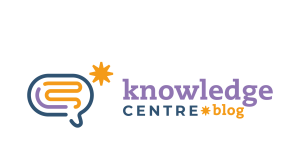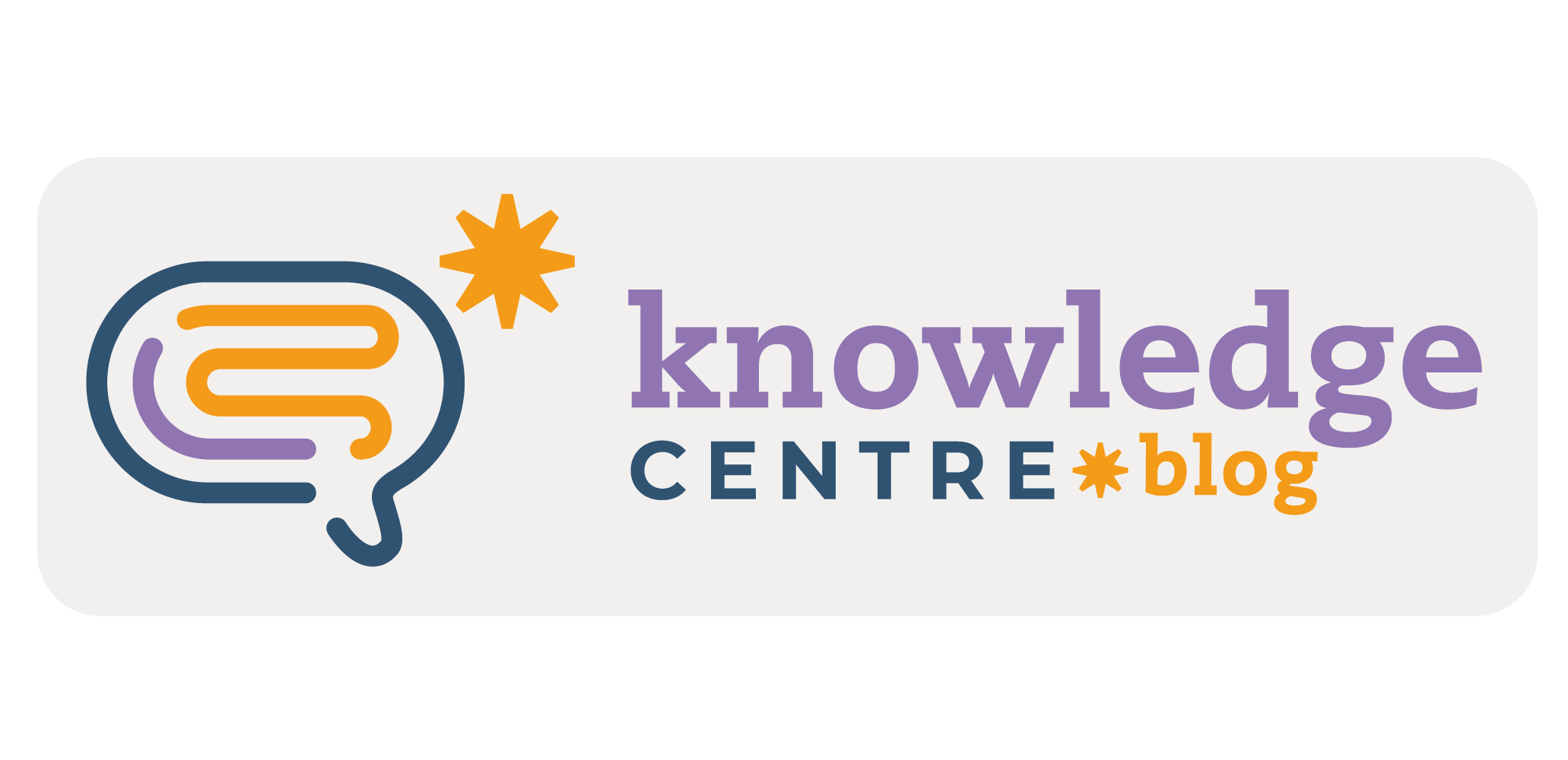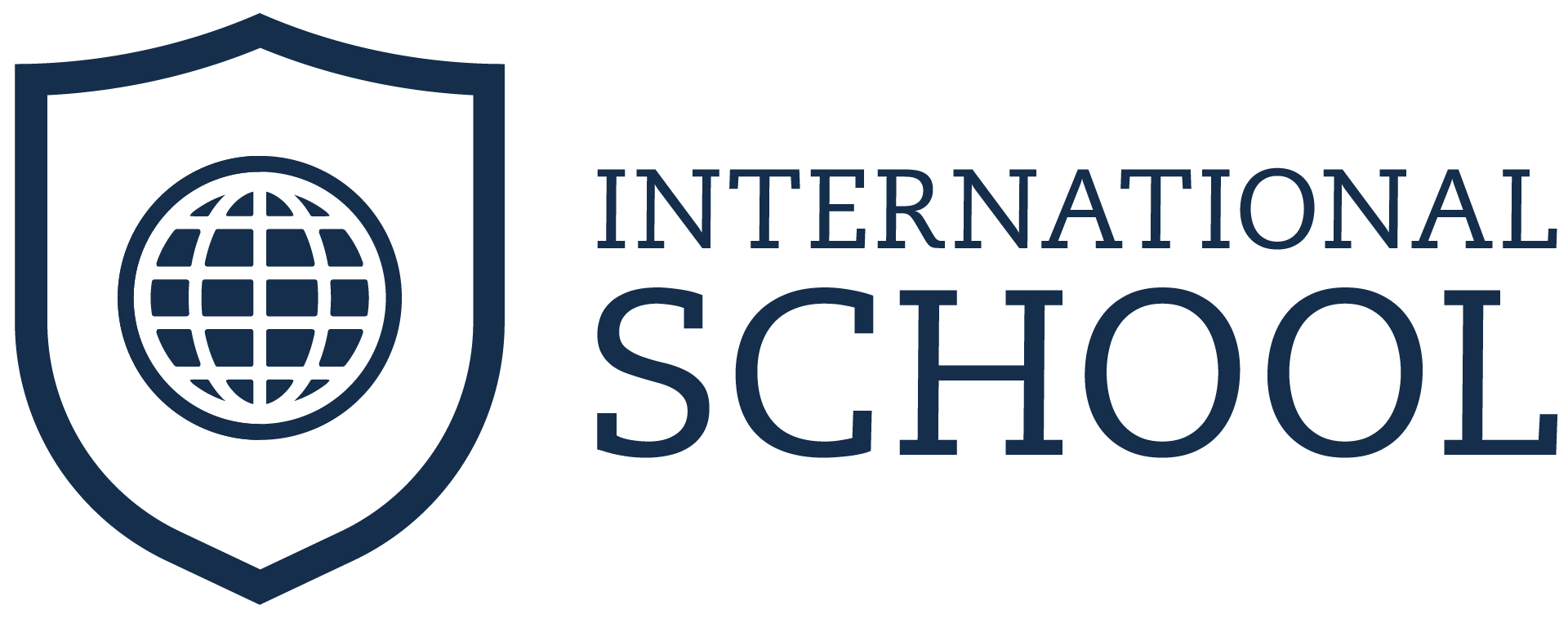Although the term might be new to some, translanguaging has inevitably been present in most bilingual classrooms. Considering that language has been the utmost focus for teachers in traditional English lessons, it may be initially a challenge to recognize it as an empowering tool to foster students’ development.
But, first things first: What is it? And how can we make the most of it to assist students in their learning process?
Translanguaging is the act of using two or multiple languages involved in the learning process in an intuitively communicative approach for understanding and conveying messages. It enables students to use their mother language as a supportive resource to communicate and, therefore, learn any other language.
Let me illustrate what it actually means:

In the picture above you can see that some students felt comfortable with mixing languages to express feelings and emotions. Would the teacher have experienced the same outcome if there had been an 100% English-only rule since the beginning?
As language teachers who have probably learned English (and who have taught it for some time) by means of strong lexical and grammar focus, it is not unusual to frown upon the idea of translanguaging, perhaps seeing it as a challenge or even inquiring about its effectiveness as being useful for language teaching and learning.
So, you are invited for a brief reflection: what if teachers could transform the language classroom environment into a place where students feel comfortable to voice their opinions, to understand and explore the world that surrounds them and to use their imagination whilst they are in the process of learning a language? By providing students with more freedom to make use of the languages they want to “switch the code” aiming at a specific project, discussions or problems to be solved, translanguaging makes it is possible for teachers to support autonomy skills and boost students’ confidence to keep on evolving and learning the second language.
Studies relate the efforts bilingual students make to express themselves in more than one language with more enhanced cognitive capacity than those of students who speak only one language, mainly due to the brain demands for code switching. Therefore, translanguaging is a widely beneficial asset when it comes to students’ development in abilities that range from concentration to critical thinking and problem solving. Additionally, if all the vast cultural aspects a language displays are taken into account, the personal identity imprinted by students in their personal lexical choices, accent and pronunciation becomes positively evident. The importance of translanguaging in acknowledging each student’s output of personal perspectives, experiences and traditions is also significant on the path for self-recognition as an individual and a way to strengthen social interactions and to provide valuable opportunities to practice empathy.
As we can see it, translanguaging not only contributes to ease students’ linguistic acquisition and production in their second language but also bolsters soft and intellectual skills along with their understanding of the world. Taking this scenario into consideration, translanguaging must be seen as an ally, an essential step to build students’ self-esteem, self-reliance as well as cultural reassurance and validation.
As teachers, how can we bring all these benefits forth to our students?
International School’s methodology and material provides teachers with a vast repertoire of adaptable ideas and technological tools that come in handy to avoid attaining to the linguistic aspects of the learning process only. It takes students beyond vocabulary and grammar rules in order to help them use it as a bridge in the exploration process of all the possibilities that add to their personal, interpersonal, communicative and cognitive skills. After all, the students we support today by providing equal opportunities will be the citizens we want to see succeeding tomorrow, regardless of where on the planet they come from.
What about you? How do you use translanguaging in your classes? Can you relate it to your students’ confidence boost? How often are they invited to try it out?
References:
EAL Journal (2016). What is translanguaging?. NALDIC’s termly magazine of practice, research and activism. Available in:
What is translanguaging?
García, Ofelia (2009). Education, multilingualism and translanguaging in the 21st century. In: Ajit Mohanty, Minati Panda, Robert Phillipson and Tove Skutnabb-Kangas (eds). Multilingual Education for Social Justice: Globalising the local. New Delhi: Orient Blackswan, pp. 128-145.
Walsh, Bari (2015). Bilingualism as a Life Experience: What we’re learning about the lasting cognitive effects of speaking two languages. Harvard Graduate School of Education. Available in:
By EDC








